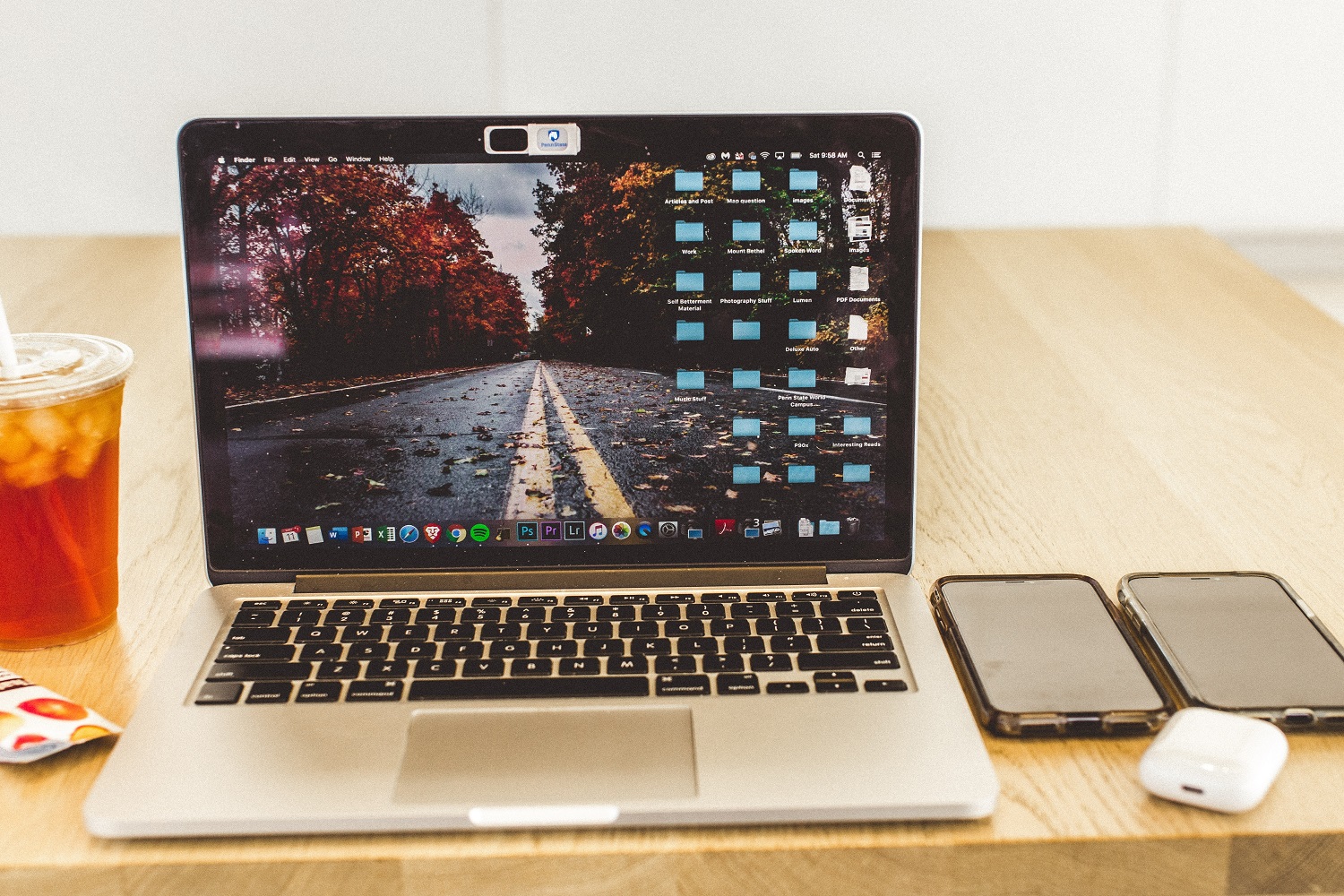
A security researcher recently discovered that the Zoom app has a pretty troubling security flaw for those who use the app on Macs. According to a Medium post published on Monday, July 8, by security researcher Jonathan Leitschuh, the Mac version of the Zoom app has a vulnerability that lets websites launch video calls (and turn on your webcam) without your permission.
But as of Wednesday, July 10, Apple decided to address Zoom’s security issue with a solution of its own: A silent Mac update that removes a problematic localhost web server that comes with the Mac version of the popular video conferencing app, TechCrunch reports.
Zoom is well-known and used by countless companies precisely because of its ease of use. (Users can join video calls with just a shared link and a click.) But it turns out that that particular easy-to-use feature is the source of the vulnerability. According to Leitschuh’s post, the installation of the Zoom client for Mac doesn’t just come with the video calling app itself; it also comes with a localhost web server that is also installed. This local server is what allows Mac users to have one-click access to a Zoom video call. But as Leitschuh notes, the local server feature “really hadn’t been implemented securely.”
In fact, the server is so vulnerable that it allows other, potentially malicious websites, access to Mac webcams to “forcibly join a user to a Zoom call” and turn on their webcams without permission. In addition, the server’s security flaw (for older versions of Zoom) also would have let websites complete a DoS (Denial of Service) attack on Macs “by repeatedly joining a user to an invalid call.” Leitschuh also noted that the DoS security flaw was patched in version 4.4.2 of the Zoom client.
Users can’t just uninstall Zoom to fix the problem either. Leitschuh’s report also mentioned that the local web server stays on your Mac even after uninstalling Zoom. Plus, that server can still reinstall Zoom without your permission. And it appears, at least according to Leitschuh’s version of events, that Zoom, while aware of the flaw, hadn’t fully fixed the security issue at the time.
Zoom initially said it wouldn’t fix the issue, but eventually said it would release a patch Tuesday that would eliminate the bug, according to Wired.
Despite Zoom’s newly released patch, Apple has now provided its own fix for Zoom’s webcam security issue. According to TechCrunch, the (automatic) silent Mac update is expected to remove the local server that had been installed along with Zoom’s video conferencing app. The silent update will also contain a feature that asks Mac users if they want to open the Zoom app, instead of just opening the app automatically.
Apple shed a little light on the reasoning behind the creation of this silent Mac update and telling TechCrunch that the update was intended to help protect past and present users of the Zoom app for Mac from the app’s vulnerability while preserving the functionality of the app.
Updated on July 11, 2019: Apple released a Mac update that removes Zoom’s local web server.
Editors' Recommendations
- The 6 key things Apple must fix in the next version of macOS
- The biggest threat to the MacBook this year might come from Apple itself
- The 6 best ways Macs work with your other Apple devices
- Apple could fix the MacBook lineup with this one change
- Apple has a chance to fix Mac gaming for good in 2024


